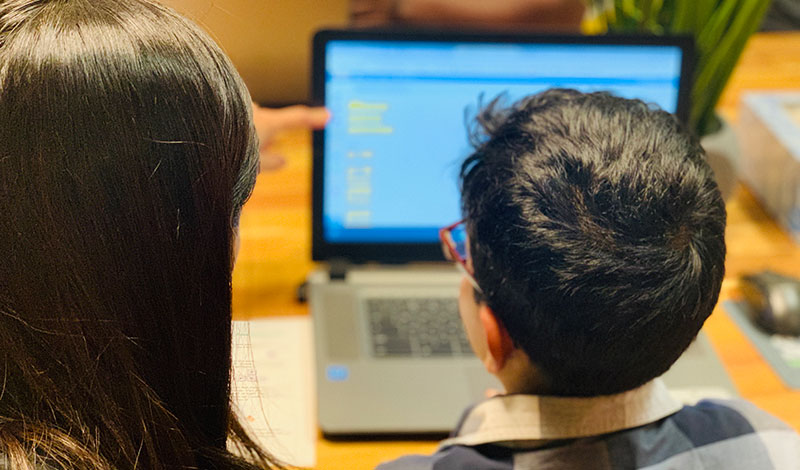
UAE National Online Math Competition for Junior Schools
UAE National Online Math Competition for Junior Schools
The UAE’s largest online math competition is here! Students can finally start honing those math skills and put them to good competitive use from 13-30th November 2022. All grade 1-6 students in the UAE are invited to participate in their favourite Online Math Competition, hosted by The Knowledge Hub, by making sure their school registers with us by 7th November 2022.
The competition is aligned to students’ curriculum and will be a great way to prepare for the upcoming end of term exams. Data collected during the competition will be shared with the participating schools so that they can assess their students’ performance when completing tasks during the competition.

Competition winners can expect to receive prizes, such as certificates, trophies, and Mathletics licenses. Winners will be announced in December 2022 and prizes will be distributed by January 2023. Moreover, lucky winners will enter the Hall of Fame for all to see and be inspired. A link to the Hall of Fame can be found in the Student Console. Participants can earn points by completing activities and challenges based on their knowledge of different math topics. Each week, players can earn a maximum of 300 points on any individual activity and 600 points on each test, including a real-time 60-second race testing the speed and accuracy of their mathematics skills.
For Math teachers, the teacher console will show them the points gained by their students on each individual activity. Live Mathletics scores can also be found on the same page. Staying on top of students’ progress will allow teachers to understand the topics students may be finding challenge, prompting revision lessons in the lead up to their term 1 examinations. Teachers should be aware that scores are reset to zero every Sunday, but all points are safely recorded in the student console.
School need to register their Mathletes by 7th November 2022. UAE schools, inclusive of grades 1-6, with a valid Emirates ID (for verification) can participate in this competition. So, hurry and join us for a fun-filled, exciting math journey!
















Recent Comments